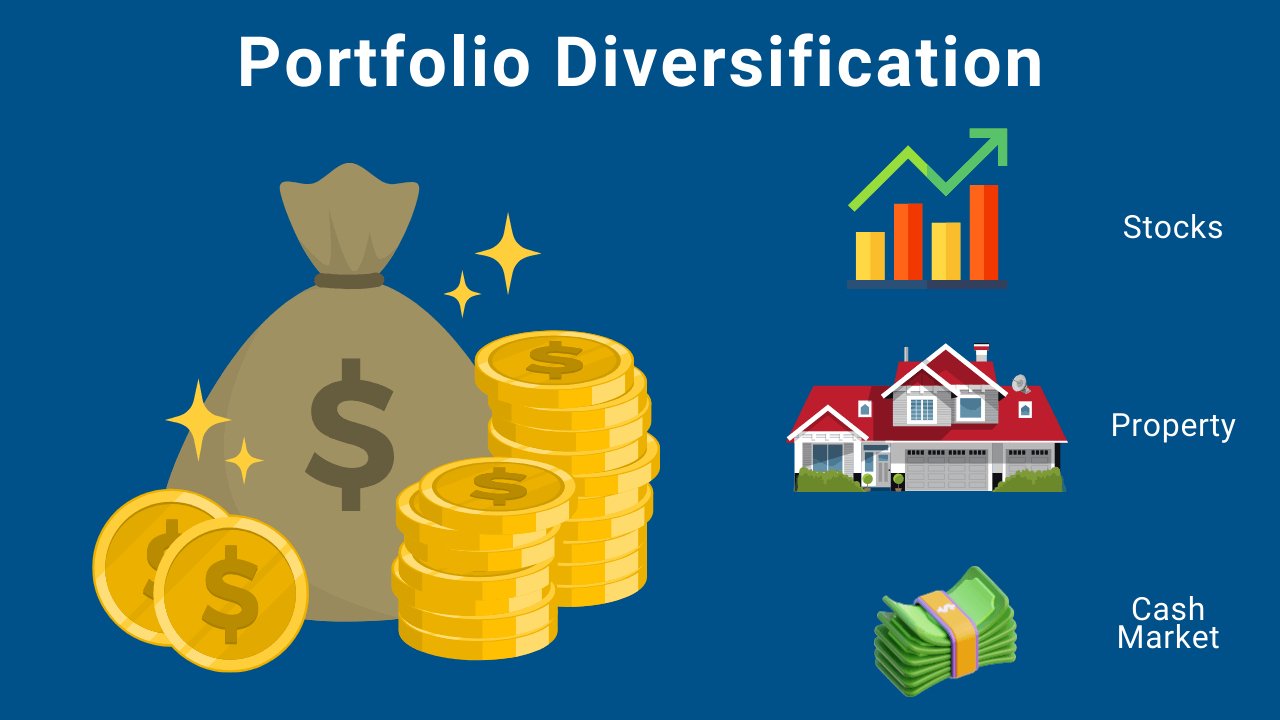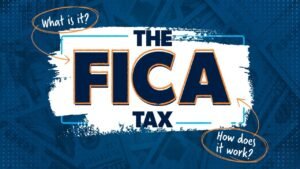Personal Finance in 2025: Navigating Wealth in a Dynamic World
personal finance In 2025, is no longer just about balancing a checkbook or saving for retirement—it’s about navigating a rapidly evolving financial landscape shaped by technology, economic shifts, and changing societal priorities. From decentralized finance (DeFi) to AI-driven budgeting tools, individuals are empowered with unprecedented control over their wealth. However, with great opportunity comes complexity. This article explores the state of personal finance in 2025, offering practical strategies for managing money, building wealth, and preparing for an uncertain future. By blending timeless financial principles with modern tools, anyone can thrive in this dynamic environment.
Thank you for reading this post, don't forget to subscribe!The Economic Landscape of 2025
The global economy in 2025 is a mix of resilience and volatility. Inflation has stabilized in many regions, but interest rates remain higher than pre-2020 levels, impacting loans and savings. The gig economy has expanded, with 40% of workers engaging in freelance or side hustles, according to recent labor statistics. Remote work continues to dominate, enabling geographic flexibility but also creating income disparities based on location and skillsets. Meanwhile, climate-related costs—such as rising insurance premiums in vulnerable areas—are straining budgets.
Cryptocurrencies and blockchain-based assets have gained mainstream acceptance, with Bitcoin and Ethereum integrated into many investment portfolios. However, regulatory frameworks are tightening, requiring savvier financial decisions. The rise of central bank digital currencies (CBDCs) in countries like China and the EU is reshaping how people transact and save. Against this backdrop, personal finance demands adaptability and a proactive approach.
Budgeting in the Digital Age

Budgeting remains the cornerstone of personal finance, but in 2025, it’s powered by technology. AI-driven apps like YNAB (You Need A Budget) and newer platforms like WealthSync use machine learning to analyze spending patterns, predict future expenses, and suggest savings goals. These tools sync with bank accounts, investment platforms, and even crypto wallets, providing a holistic view of your finances in real time.
To create an effective budget in 2025:
-
Track Income and Expenses Automatically: Use apps that categorize spending and highlight trends. For example, WealthSync’s “FutureCast” feature predicts your cash flow based on past behavior and upcoming bills.
-
Adopt the 50/30/20 Rule with a Twist: Allocate 50% of income to necessities, 30% to wants, and 20% to savings or debt repayment. In 2025, adjust the “wants” category to include subscriptions for digital services like VR fitness or AI education platforms, which blur the line between leisure and self-improvement.
-
Account for Gig Income: If you’re part of the gig economy, use tools like FreelanceFlow to smooth irregular income streams by setting aside a buffer for lean months.
Budgeting apps also integrate with tax software, flagging deductible expenses and estimating quarterly taxes for freelancers. With the average American household spending $72,000 annually, according to 2025 consumer data, precision in budgeting is critical to avoid overspending.
Investing: Diversification in a Digital World

Investing in 2025 is more accessible than ever, but it’s also more complex. Traditional assets like stocks and bonds remain staples, but digital assets, real estate tokenization, and ESG (Environmental, Social, Governance) funds are reshaping portfolios.
Key Investment Trends
-
Fractional Investing: Platforms like Robinhood and Public allow investors to buy fractions of stocks, ETFs, or even real estate, lowering barriers for beginners. For example, you can own a piece of a Manhattan apartment building for as little as $100.
-
Crypto and DeFi: Cryptocurrencies are now part of 25% of U.S. portfolios, per a 2025 Pew Research survey. DeFi platforms like Aave and Compound let you earn interest or borrow against crypto holdings, but volatility and regulatory risks persist.
-
Sustainable Investing: ESG funds are booming, with $2 trillion in assets under management globally. Investors prioritize companies with strong climate and social responsibility records, driven by both ethics and long-term profitability.
Strategies for 2025
-
Diversify Across Asset Classes: Spread investments across stocks, bonds, crypto, and real assets to mitigate risk. A balanced portfolio might include 60% equities, 20% bonds, 10% crypto, and 10% real estate tokens.
-
Use Robo-Advisors: Platforms like Betterment and Wealthfront optimize portfolios based on risk tolerance and goals, with fees as low as 0.25%. They’ve integrated crypto options, making them ideal for beginners.
-
Stay Informed on Regulations: With governments cracking down on crypto tax evasion, use tools like CoinTracker to ensure compliance with IRS reporting requirements.
The average return on a diversified portfolio in 2025 is projected at 6-8% annually, but market swings demand a long-term perspective. Avoid chasing trends like meme stocks, which remain volatile.
Debt Management: A Strategic Approach

Debt remains a significant hurdle, with U.S. household debt hitting $17 trillion in 2025, driven by student loans, mortgages, and credit card balances. However, innovative tools and strategies are helping individuals manage and reduce debt.
-
Refinancing Opportunities: With interest rates stabilizing at 4-5% for mortgages, refinancing can lower monthly payments. Online platforms like SoFi streamline the process, offering rates based on real-time credit analysis.
-
Debt Consolidation: Apps like Tally use AI to consolidate high-interest credit card debt into lower-rate loans, saving users an average of $1,200 annually in interest.
-
Student Loan Forgiveness: Expanded forgiveness programs in the U.S. are easing burdens for public sector workers, but private loan holders should explore income-driven repayment plans.
Pay off high-interest debt (above 7%) first, using the avalanche method, which prioritizes debts with the highest rates. For example, paying an extra $200 monthly on a $10,000 credit card balance at 18% interest can save $3,000 in interest over three years.
Retirement Planning: A Long-Term Vision
Retirement planning in 2025 reflects longer lifespans and shifting work patterns. The average American now expects to retire at 67, up from 65 a decade ago, per Gallup polls. With Social Security’s trust fund projected to deplete by 2035, personal savings are critical.
-
Maximize Employer Plans: Contribute to 401(k) plans, especially if employers match contributions. In 2025, the contribution limit is $24,000 annually for those under 50.
-
IRAs for Flexibility: Roth IRAs are popular for tax-free withdrawals in retirement. New platforms like M1 Finance allow automated IRA contributions with fractional investing options.
-
Plan for Healthcare Costs: With healthcare inflation at 5% annually, a couple retiring in 2025 needs an estimated $350,000 for medical expenses in retirement, per Fidelity.
Use retirement calculators integrated into apps like Empower to project savings needs. For example, a 35-year-old earning $80,000 annually should aim to save 15% of income yearly to retire comfortably at 67.
Emergency Funds and Insurance
An emergency fund is non-negotiable in 2025, with economic uncertainty and climate risks on the rise. Aim for 3-6 months of expenses—about $15,000-$30,000 for the average household. High-yield savings accounts, offering 4.5% interest through online banks like Ally, are ideal for storing these funds.
Insurance is equally critical:
-
Health Insurance: Marketplace plans remain affordable under expanded subsidies, but compare options on Healthcare.gov to avoid overpaying.
-
Property Insurance: Rising climate risks have driven home insurance premiums up 20% since 2020. Shop around using platforms like Policygenius to find competitive rates.
-
Cyber Insurance: With cyberattacks increasing, new policies cover identity theft and financial losses from scams, costing $50-$150 annually.
The Role of Financial Education
Financial literacy is a game-changer in 2025. Free resources like Khan Academy’s finance courses and podcasts like “MoneyWise” break down complex topics. Community-driven platforms on X provide real-time insights from investors and advisors, though always verify advice against trusted sources.
For hands-on learning, gamified apps like Wealthbase simulate investing with virtual portfolios, helping users practice without risking real money. Schools are also integrating personal finance into curricula, with 25 states mandating financial education by 2025.
The Gig Economy and Side Hustles
Side hustles are a lifeline for many, with platforms like Upwork, Fiverr, and TaskRabbit connecting workers to opportunities. In 2025, the average side hustler earns $1,000 monthly, per a PayPal survey. Popular gigs include AI content editing, virtual event planning, and eco-consulting for businesses aiming to meet sustainability goals.
To maximize side hustle income:
-
Optimize Taxes: Deduct expenses like home office costs or internet bills. Apps like QuickBooks Self-Employed track these automatically.
-
Invest Earnings: Funnel extra income into investments or debt repayment rather than lifestyle inflation.
-
Upskill Regularly: Platforms like Coursera offer micro-credentials in high-demand fields like blockchain or renewable energy, boosting earning potential.
Navigating Financial Scams and Risks
Scams are more sophisticated in 2025, with AI-generated deepfake calls and phishing emails targeting unsuspecting consumers. Protect yourself by:
-
Using Two-Factor Authentication: Secure bank and investment accounts with 2FA.
-
Monitoring Accounts: Apps like Credit Karma alert you to suspicious activity in real time.
-
Avoiding Too-Good-To-Be-True Offers: Be wary of crypto schemes promising 20% monthly returns.
The FTC reported $10 billion in fraud losses in 2024, so vigilance is essential. If you suspect a scam, report it to the FTC or your bank immediately.
Sustainable and Ethical Finance
Sustainability is a priority for many in 2025. Beyond ESG investing, consumers are choosing banks and credit cards that align with their values. For example, Aspiration offers a “Planet Protection” account that avoids fossil fuel investments and plants trees with every transaction.
Ethical finance also extends to spending. Apps like GoodOnYou rate brands based on their environmental and labor practices, helping consumers make informed choices. In 2025, 60% of millennials and Gen Z prioritize ethical spending, per a Deloitte survey.
The Future of Personal Finance
Looking ahead, personal finance will continue to evolve. AI advisors may replace traditional financial planners, offering hyper-personalized advice for a fraction of the cost. Tokenized assets, like fractional ownership of art or collectibles, will further democratize wealth-building. Meanwhile, global challenges like climate change and automation will demand adaptability.
To stay ahead:
-
Embrace Technology: Use AI tools to optimize every aspect of your finances.
-
Stay Educated: Follow economic trends on platforms like X to anticipate shifts.
-
Plan Holistically: Balance short-term needs with long-term goals, from buying a home to funding education.
Conclusion
Personal finance in 2025 is about leveraging technology, staying informed, and aligning your money with your values. By budgeting smartly, investing diversely, managing debt, and preparing for emergencies, you can build a secure financial future. The tools and opportunities available today make wealth-building more accessible than ever, but success requires discipline and adaptability. Start small, stay consistent, and embrace the possibilities of this dynamic financial era.













